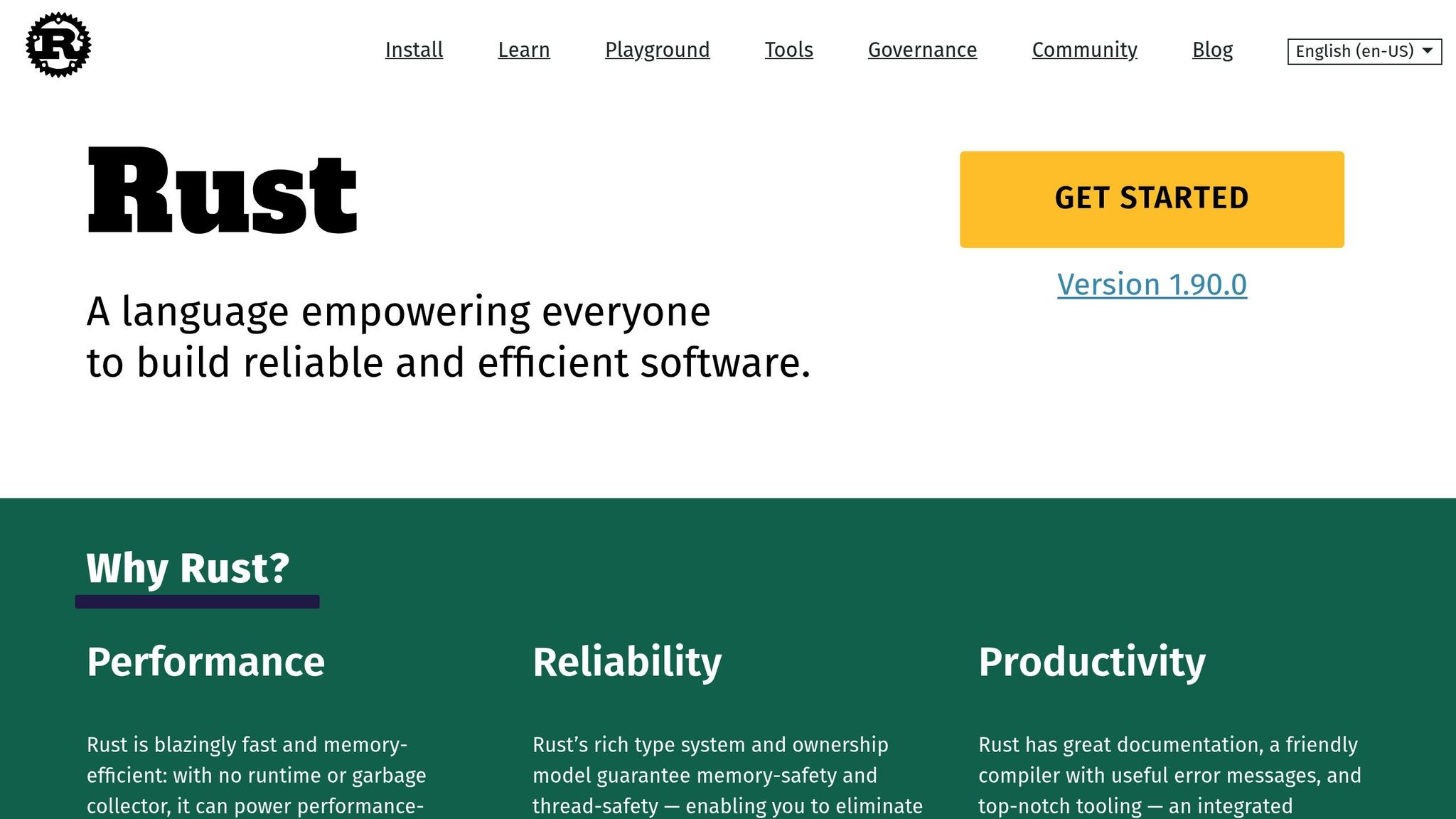Complete Guide to Context Engineering for Coding Agents
Learn advanced context engineering techniques to enhance AI coding agents for complex and large-scale projects. Discover workflows, strategies, and best practices.

The world of AI and large language models (LLMs) has introduced groundbreaking tools and workflows, but as the technology evolves, so do the challenges faced by developers and engineers. For those focused on leveraging coding agents to streamline software development, "context engineering" has emerged as a critical practice. This article explores the principles, methods, and transformative potential of advanced context engineering for coding agents, based on insights shared by AI expert Dex from Human Layer.
What is Context Engineering?
Context engineering revolves around optimizing and structuring the information provided to LLM-based coding agents to generate accurate, efficient, and production-ready outputs. Since LLMs operate as pure functions - where the output strictly depends on the input provided - ensuring the quality of the input (or context) is paramount.
At its core, context engineering is about achieving correctness, completeness, and efficiency in how coding agents perform tasks in complex workflows. This methodology not only improves productivity but also addresses the inherent limitations of AI systems when managing large-scale or legacy (brownfield) codebases.
Why Context Engineering Matters
Dex introduces the practice of context engineering by addressing a central problem: the gap between what AI coding agents can achieve today versus what they’re expected to deliver in production environments. While these agents excel at building prototypes, they often falter when tasked with complex or legacy systems, leading to significant rework and inefficiencies.
Key challenges observed include:
- Sloppy or incomplete outputs: AI-generated code often requires refinement, especially for intricate systems.
- Rework and inefficiency: Organizations frequently spend time correcting or discarding AI-generated outputs.
- Scalability issues: Existing tools struggle with large repositories and complex integrations.
Dex emphasizes that by adopting robust context engineering practices, teams can overcome these barriers and unlock higher productivity while maintaining production-grade quality.
The Three Pillars of Advanced Context Engineering
Dex identifies three critical phases to implement effective context engineering: Research, Plan, and Implement. These phases work together to minimize errors, improve alignment across teams, and fully utilize the capabilities of modern LLMs.
1. Research: Understanding the System
The research phase focuses on understanding the existing codebase and pinpointing the relevant components for the task at hand. The coding agent’s ability to perform effectively depends on its understanding of the system's architecture, data flow, and dependencies.
Key Actions:
- Use prompts to guide the agent in analyzing the codebase.
- Create a "research file" that outlines essential information: file names, line numbers, and system overviews.
- Avoid flooding the context window with large, unnecessary data (e.g., verbose JSON outputs).
By investing time in creating a structured and compact research file, you ensure the agent starts with an accurate understanding of the system, reducing errors downstream.
2. Plan: Building a Roadmap for Change
The planning phase is where the agent outlines specific actions it will take to achieve the desired outcome. This includes identifying file changes, snippets of code, and detailed testing strategies.
Key Actions:
- Prompt the agent to produce a comprehensive implementation plan.
- Review the plan for clarity and correctness.
- Ensure the plan includes explicit testing and verification steps.
Dex notes that many issues can be traced back to poor planning. A well-structured plan not only minimizes the need for revisions but also fosters alignment across team members.
3. Implement: Writing and Reviewing Code
The implementation phase is where the agent writes the actual code based on the research and plan. The goal here is to maintain context window efficiency (Dex recommends keeping it under 40%) and ensure human review at critical checkpoints.
Key Actions:
- Continuously compact and update the context window as tasks progress.
- Transition from one phase of implementation to the next by marking completed tasks and focusing on what remains.
- Prioritize reviewing the implementation plan over reading raw code changes.
By adopting this workflow, teams can focus their efforts on reviewing high-level plans instead of sifting through thousands of lines of code. This approach fosters efficiency and ensures alignment.
Strategies for Effective Context Engineering
Dex shares several advanced strategies to optimize context engineering and address common challenges in coding agent workflows:
Intentional Compaction
Instead of relying on built-in tools like /compact, Dex recommends manually managing what is retained in the agent’s memory. This involves creating highly specific progress files that document completed tasks and guide subsequent agents.
Sub-Agents for Context Management
Sub-agents can be used to offload specific tasks, such as searching for files or analyzing certain components. This reduces the parent agent’s context burden while ensuring efficient task execution. However, careful coordination between parent and sub-agents is crucial to avoid miscommunication.
Iterative Improvements
Dex highlights the importance of an iterative approach, where plans and outputs are constantly refined based on human feedback. This ensures errors are caught early and that the agent stays aligned with the team’s goals.
Lessons from Real-World Scenarios
Dex provides illustrative examples of context engineering in action, demonstrating its potential to tackle complex, large-scale tasks.
Case 1: Optimizing a Rust Codebase

Dex and a collaborator successfully applied context engineering principles to fix a bug in a 300,000-line Rust codebase. By focusing on research and planning, they delivered a production-ready pull request that was merged without additional revisions.
Case 2: Adding WASM Support in a Day
In another example, Dex collaborated with a CEO to implement WebAssembly (WASM) support for a programming language, completing 35,000 lines of code in just 7 hours. This task, which would typically take weeks, showcased the power of structured workflows and intentional context management.
Key Insight
The hierarchy of effort is critical: spending time on research and planning delivers exponentially greater returns than focusing solely on code implementation. A single misunderstanding during research can lead to thousands of erroneous lines of code.
Key Takeaways
- Optimize Your Input: The quality of an LLM’s output is entirely dependent on the input context. Invest in clear and concise prompts.
- Adopt a Three-Phase Workflow: Structure your coding process around research, planning, and implementation for maximum efficiency.
- Leverage Progress Files: Use progress files to maintain context while preventing overflow in the agent’s memory.
- Incorporate Sub-Agents: Assign specific tasks to sub-agents to reduce the burden on parent agents and streamline workflows.
- Emphasize Planning Over Code: A well-constructed plan can prevent errors and improve overall productivity.
- Iterate and Review: Regularly refine plans and outputs based on human feedback to catch problems early.
- Stay Under 40% Context Utilization: Managing context efficiently is critical to maintaining high-quality outputs.
- Focus on Team Alignment: Use research files and plans as tools to align team members and maintain collective understanding.
A New Frontier in Software Development
As coding agents become more prevalent, context engineering will play a pivotal role in shaping how teams approach AI-driven development. While the tools themselves are poised for commoditization, the real differentiator lies in how organizations adapt their workflows and embrace new methodologies.
The transition to a context-first development approach may be uncomfortable, but the benefits far outweigh the challenges. By focusing on research, planning, and efficient context management, teams can unlock the full potential of LLMs while maintaining production-grade standards.
For AI engineers, technical leads, and developers navigating the rapidly evolving landscape of AI, mastering context engineering is not optional - it’s essential. The future of coding agents depends not just on smarter models but on smarter workflows, and the time to adopt them is now.
Source: "Advanced Context Engineering for Agents" - YC Root Access, YouTube, Aug 25, 2025 - https://www.youtube.com/watch?v=IS_y40zY-hc
